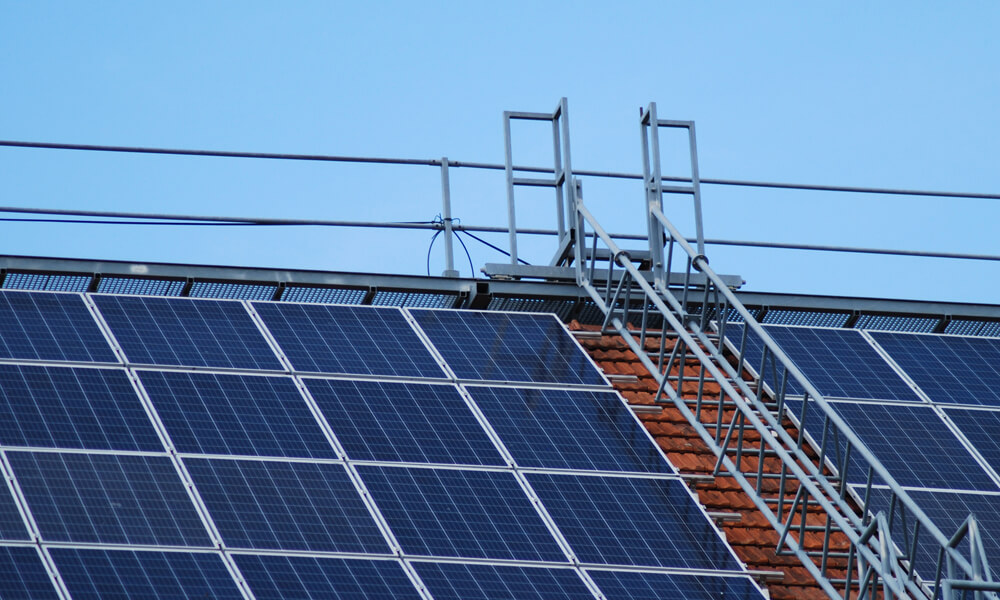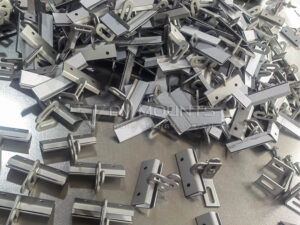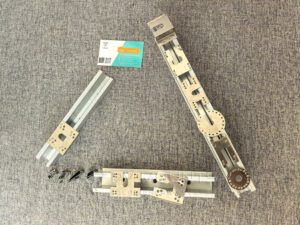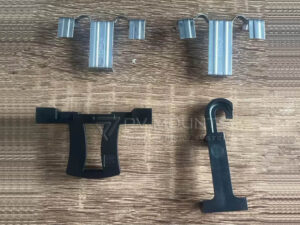Adjustable Solar Panel Mount Systems represent the zenith of flexibility and efficiency in the world of renewable energy. Offering dynamic adaptability, these systems are the future of sustainable power generation. They are the go-to choice for consumers aiming for maximized solar energy collection.
Table of Contents
Why Choose an Adjustable Solar Panel Mount System?
Efficiency Gains
In a conventional fixed setup, solar panels remain positioned at one predetermined angle, limiting their sunlight capture potential to just that specific orientation. However, the introduction of adjustable mounts has revolutionized this space. These dynamic mounts enable solar panels to tilt and adapt to various angles during different times of the day and even across seasons. This flexibility ensures optimal positioning relative to the sun’s trajectory, thereby maximizing solar energy absorption.
As a result, adjustable mounting systems can amplify solar capture efficiency impressively, achieving enhancements of up to 45% or more compared to their static counterparts. This leap in efficiency not only promises a quicker return on investment but also promotes more sustainable energy utilization for both residential and commercial applications.
Seasonal Adaptability
Seasonal variation in sunlight angles is a crucial factor that often goes unaddressed. Adjustable systems tackle this by allowing angle changes as per the season, thus optimizing energy capture year-round.
Power Reliability
These systems provide a consistent and reliable power output, by ensuring that the panels are always oriented optimally in relation to the sun’s position.

Core Components of Adjustable Solar Panel Mount Systems
The Adjustable Tilt Mechanism
At the heart of modern solar panel systems lies the innovative adjustable tilt mechanism, a feature that stands as a testament to technological advancement in renewable energy solutions. This mechanism is designed with both precision and versatility in mind. Users have the flexibility to manually adjust the angle of the solar panels or rely on automated systems that respond to real-time environmental conditions.
The range of adjustability is vast, from a subtle 10-degree tilt, ideal for capturing the morning sun, to an aggressive 75-degree incline, perfect for harnessing energy when the sun is lower in the horizon. Such adaptability ensures that irrespective of the sun’s position during the day or the season, the panels remain in an optimal position to capture the maximum amount of sunlight, thus enhancing energy generation and efficiency.
Heavy-Duty Framework
Designed with precision, the heavy-duty framework is built to endure external challenges such as wind and snow. This resilience guarantees prolonged system life and consistent peak performance, safeguarding your solar investment.
Integrated Electronics
Employing state-of-the-art technology, integrated electronics dynamically manage the solar panel’s positioning. These systems provide real-time, automated angle adjustments, optimizing energy capture by responding instantly to live environmental data, ensuring maximum efficiency throughout the day.
Installation Guidelines
Site Assessment
A thorough site assessment encompasses evaluating both the terrain’s specifics and the availability of sunlight. Through precise measurements and crafting a detailed site map, the groundwork is laid, ensuring that the installation process is seamless, efficient, and tailored to the location’s unique characteristics.
Tools and Accessories
In solar panel installations, the significance of proper tools is evident. Utilizing high-grade bolts guarantees a stable foundation. Protective anti-corrosion coatings extend the system’s lifespan against elements. Furthermore, specialized tilt-measuring instruments ensure optimal sun exposure. Collectively, these tools and accessories are foundational to a top-tier solar assembly.
Professional Assistance
Though designed for DIY installations, these systems are intricate enough to warrant professional assistance for those less familiar with the technicalities involved.
Longevity and Maintenance
Durability
Crafted using robust materials such as stainless steel and aluminum, these solar systems promise enduring performance, lasting an impressive 25-30 years, ensuring long-term energy solutions.
Maintenance Schedule
Prioritizing regular preventative maintenance is crucial for solar efficiency. Conducting periodic assessments every six months typically ensures optimal performance and system longevity.
Spare Parts Availability
Having access to quickly-replaceable spare parts is critical, and choosing a system with readily available components will save headaches in the long run.
Economic Considerations
Initial Costs
The initial costs for an adjustable system are marginally higher than a fixed system but are outweighed by the higher efficiency and power output.
ROI Projections
When accounting for the higher power yield and the subsequent decrease in energy bills, the return on investment (ROI) often occurs much sooner than with fixed systems.
An Adjustable Solar Panel Mount System is more than just a modern convenience; it’s an investment in sustainable living. With remarkable adaptability, efficiency gains, and economic benefits, this system stands head and shoulders above traditional fixed setups. Whether it’s the unparalleled flexibility or the rigorous durability, the advantages are manifold, making it the best choice for anyone













